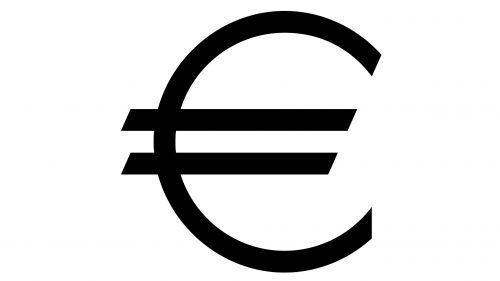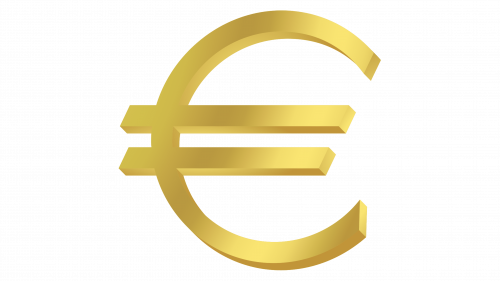The Symbol of the Euro currency was officially introduced to the public on December 12, 1996. A year earlier the European Council made a final decision on its name – EURO. Although, the history of the currency started much waitlist — in the middle of the 1940s.
History of the Euro sign
In the new universal currency all European countries saw the way to preserve pease on the continent, and governments started thinking about it since the 40s of the last century. It was believed that strong financial, social and political relations would negate the threat of war.
Such high hopes for the new currency also required a unique graphic expression. The European Commission took the matter seriously and ordered a contest with several rounds.
This story was not without its mysteries. It is still not 100% known, who became the winner of the contest and the author of the world famous sign. The only thing known for certain is that the jury chose the winner from more than 30 options.
There are several versions about the author. Some believe that this is the chief designer of the European Community, Arthur Eisenmenger, who led the development of the EU flag symbol. Others believe that the author is Robert Kalina, the chief designer of the Central Bank of Austria. Some attribute the authorship not to a specific person, but to a whole group of developers.
It is surprising, but the European Commission refrains from commenting. So the whole world knows the author of, for example, the design of the banknote itself, but not the author of the graphic mark of the euro, one of the most famous symbols in the world.
The official description of the mark, prepared by the European Commission, describes the image as a combination of the following components:
- The Greek epsilon as a reference to Greece, the cradle of European civilization;
- The letter E – the symbol of Europe;
- The parallel lines crossing the sign and representing the stability of the currency.
In addition to the official interpretation, theories and interpretations multiply. For example, if Arthur Eisenmenger is considered the author, we can assume that the first letter of his last name is involved. The two lines parallel to each other and crossing the arc of the sign make it look like the letter “Is” from the Old Slavic alphabet.
Some inconvenience is associated with the fact that the euro symbol is not a sign, but rather a logo, created by the efforts of consultants on visual identification standards. That is, it should look the same in all encodings and fonts. The specimen is quite a specific sign that has fixed parameters. Nevertheless, there are different variants of writing.












